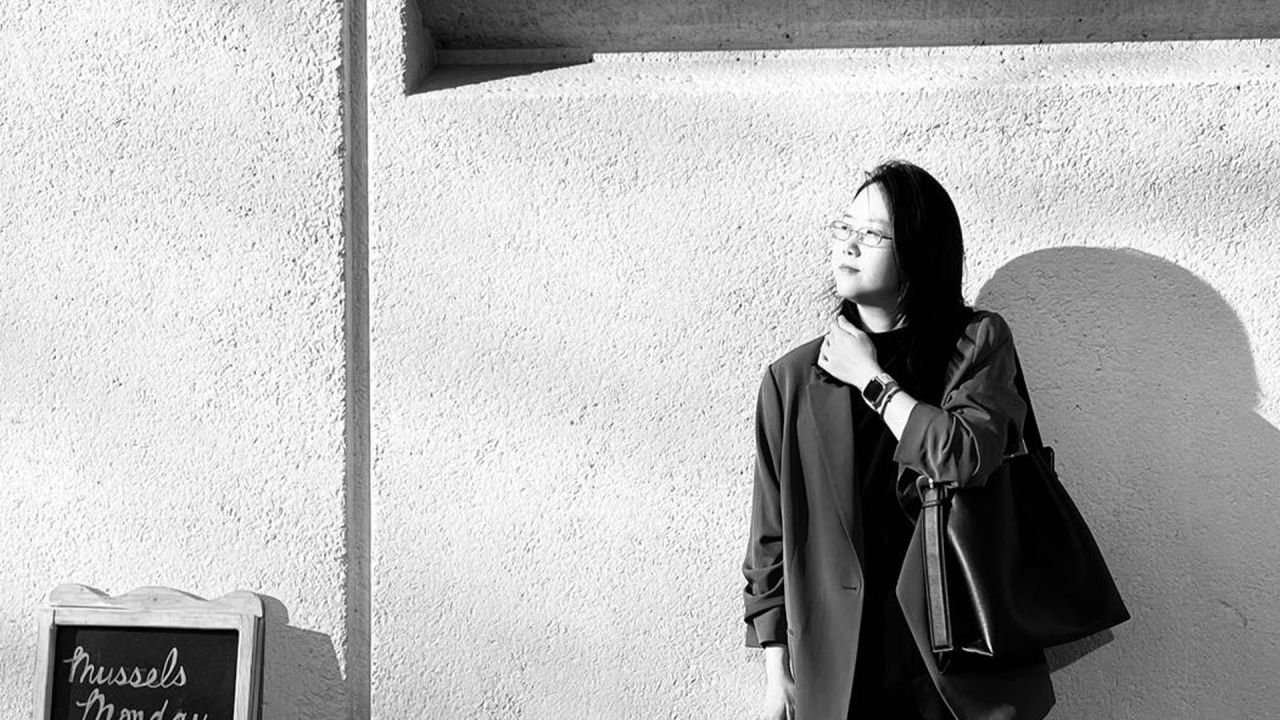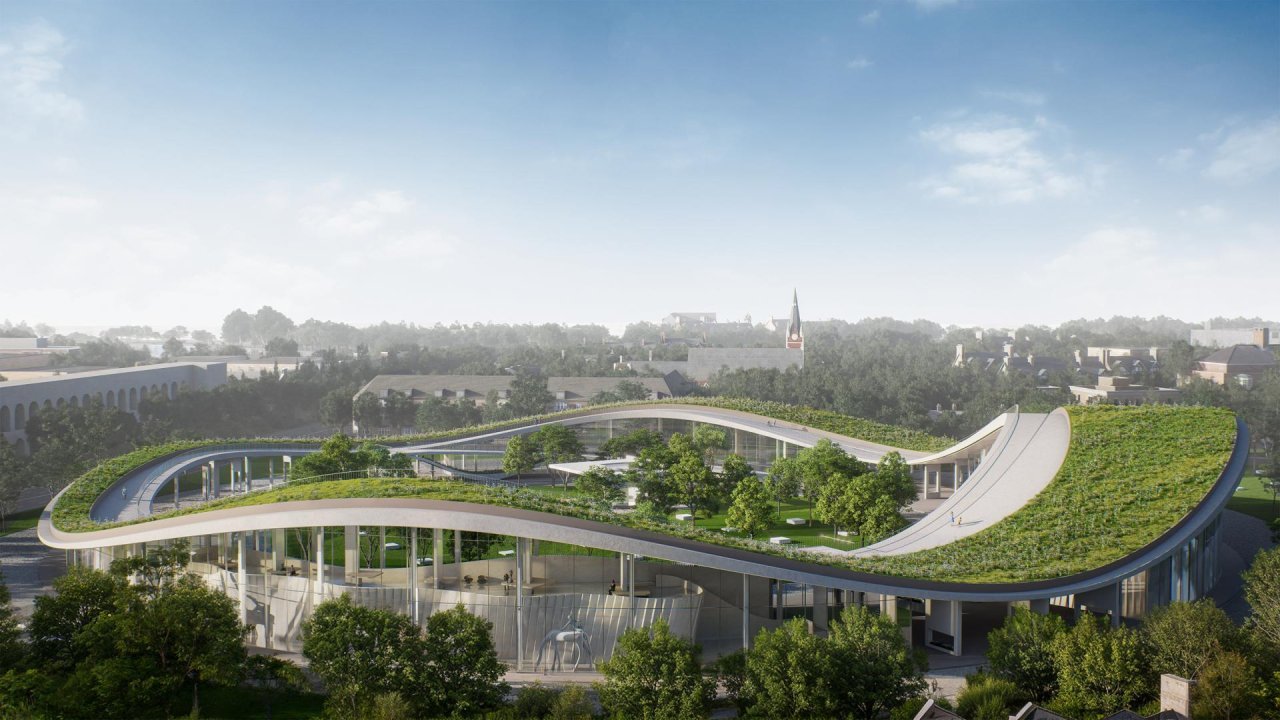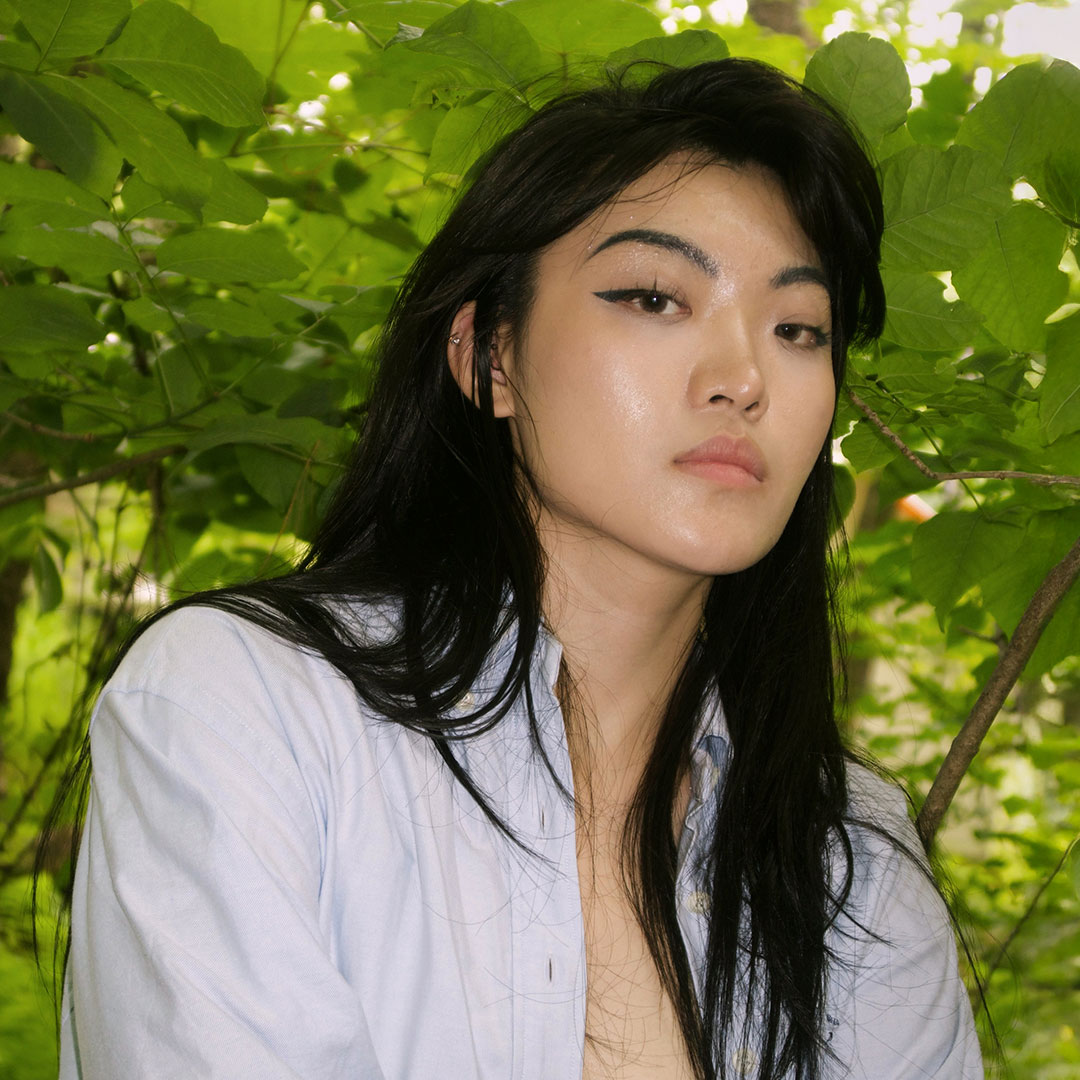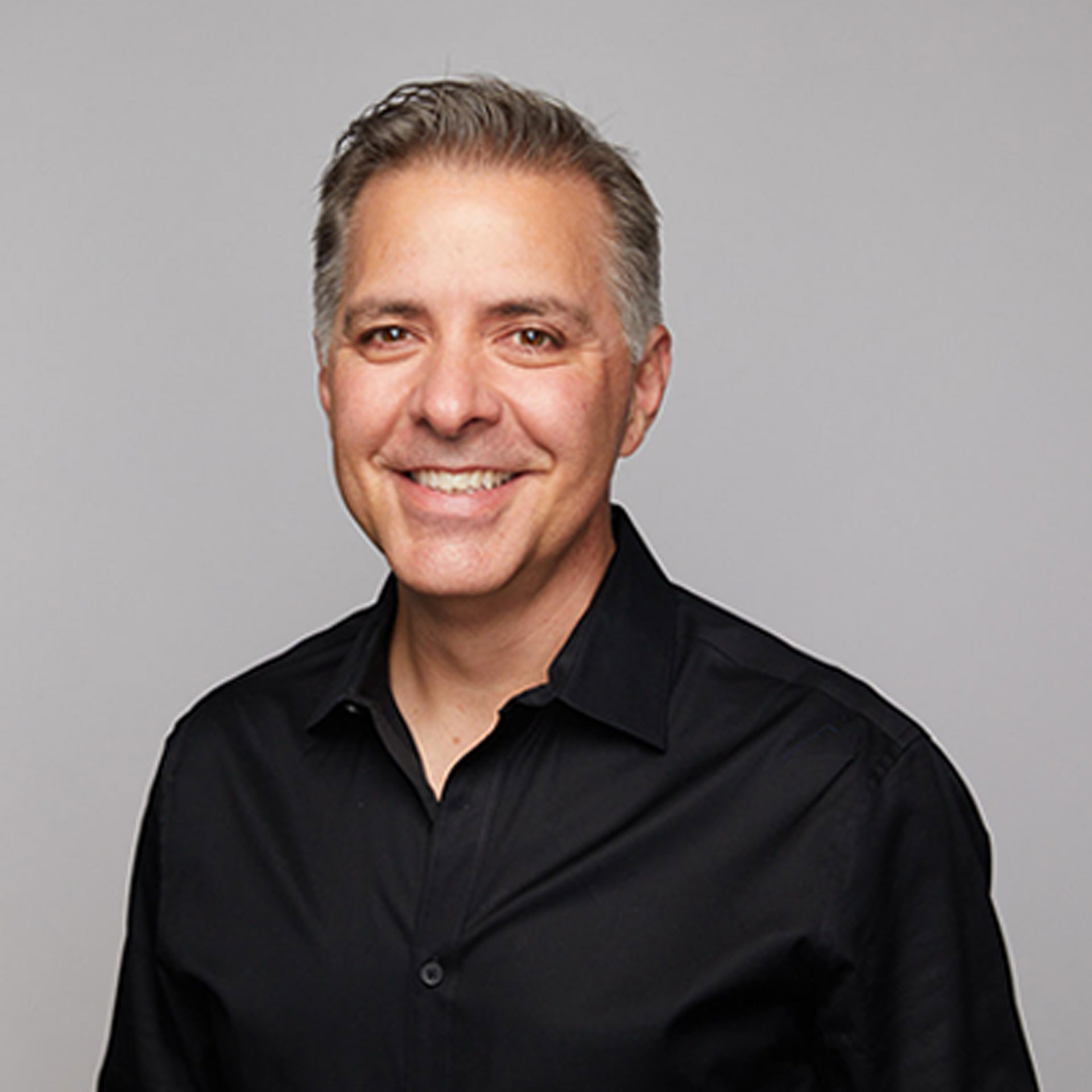The Living City: Harvard Alum Architect Xinyun Li Shares Her Insights
Xinyun Li
Xinyun Li is a New York–based architect and graduate of Harvard GSD, whose work explores architecture as both an emotional language and a reflection of life, city, and nature. She sees architecture as a living process where vision, history, and everyday activity converge to give buildings their full life.Hello! My name is Xinyun Li. I am an architect working in New York. After graduating from Harvard University Graduate School of Design, I have continued my architectural practice in the city. For me, architecture is a deeply emotional form of expression, a medium through which I explore and convey my understanding of the city, life, and nature.
My work reflects a commitment to thoughtful design that resonates with both people and place, capturing the nuanced relationships between buildings, their users, and the natural surroundings. Design carries the weight of history while imagining what lies ahead.
Being recognised in the French Design Awards is a tremendous honour. It affirms the commitment to thoughtful, innovative design and encourages me to keep creating work that bridges cultures, celebrates sustainability, and resonates emotionally with people.
Winning this award has been a milestone for my career, strengthening my credibility, expanding my network, and opening doors to new collaborations. It has also motivated me to keep pushing creative boundaries and deliver work with greater cultural and emotional impact.
Experimentation is central to my creative process, helping me test ideas and push beyond conventions. For instance, in the project Aero Grove, I explored unconventional massing to express the relationship between building and city, which resulted in a more meaningful and resonant design.
Architecture can be deeply attuned to human use, where designers allow the users to become part of the design itself. The architect’s vision, combined with people’s everyday activities, ultimately completes the design and brings it to life.
One thing I wish more people understood is that design is an iterative process. Inspiration can arise at any moment, from an observation, a conversation, or even a fleeting experience, and each insight helps refine and advance the design. This continuous cycle of reflection and iteration ultimately shapes meaningful, resonant spaces.
I approach this balance by listening closely to the client’s needs while clearly communicating my design vision. Collaboration and dialogue help align their goals with creative possibilities, allowing the final design to satisfy functional requirements while staying authentic and meaningful.
Aero Grove: How to infuse vitality into a community through a humble design approach, while respecting users’ existing habits and functions and serving the broader urban context.
$2,500 Vernacular Home: How to make full use of local materials through design to respond to specific climatic and functional needs while keeping the budget under control.
I step away from the project to observe the world around me, whether it’s walking through the city, exploring nature, or engaging with art and culture. These experiences help me gain fresh perspectives, spark new ideas, and return to my work with renewed creativity.
I infuse my designs with green building principles, guided by a humble approach that respects both the environment and the people who use the space. At the same time, I focus on creating emotional resonance, crafting spaces that are not only functional and environmentally responsible but also meaningful and connected to human experiences.
My advice would be to stay curious, embrace experimentation, and remain open to learning from every experience.
I would love to collaborate with Junya Ishigami because of his innovative approach to blurring the boundaries between architecture, nature, and human experience. His work inspires me to explore fluidity, lightness, and poetic experimentation in design.
I wish people would ask how I balance design and technical considerations. I’d say that great architecture emerges when creative vision and technical precision work together, ensuring spaces are both inspiring and buildable.
Winning Entries
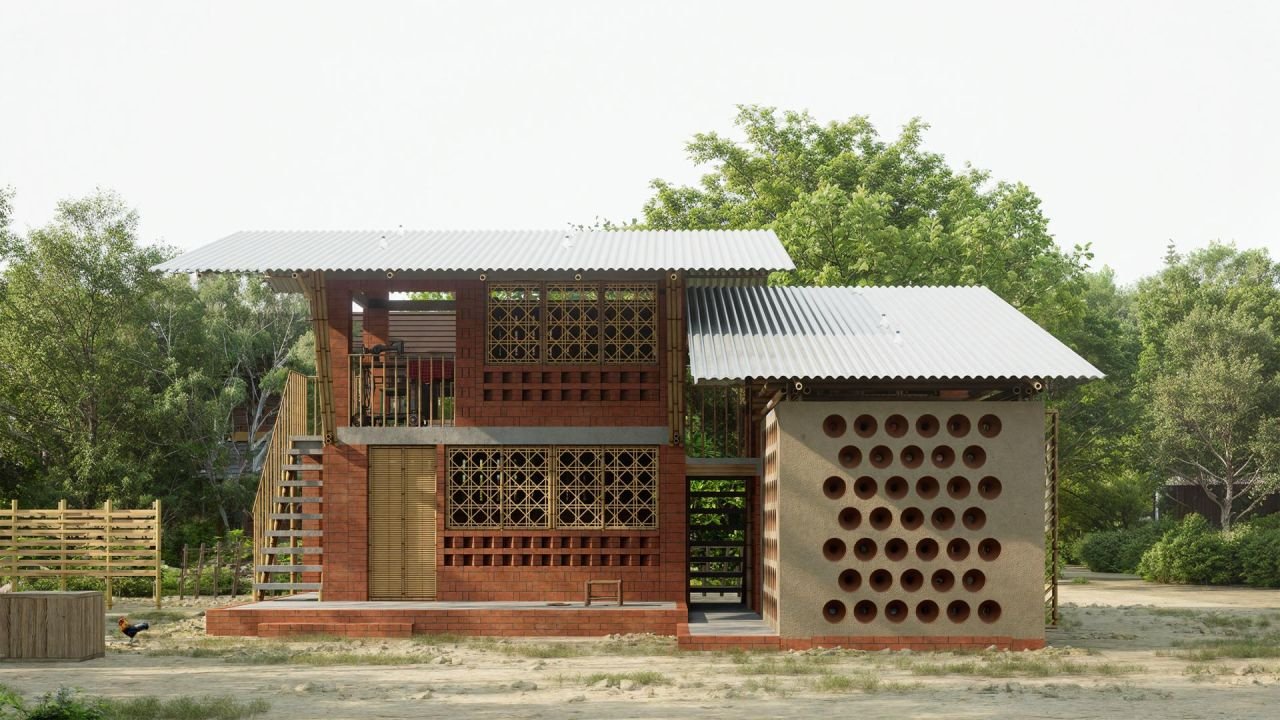
$2,500 Vernacular Home
Looking to read more design stories? Check out: A Vision for Hsinchu: Yang Wen-Ke Creates Future with Dream of Craft here.
ADVERTISEMENT


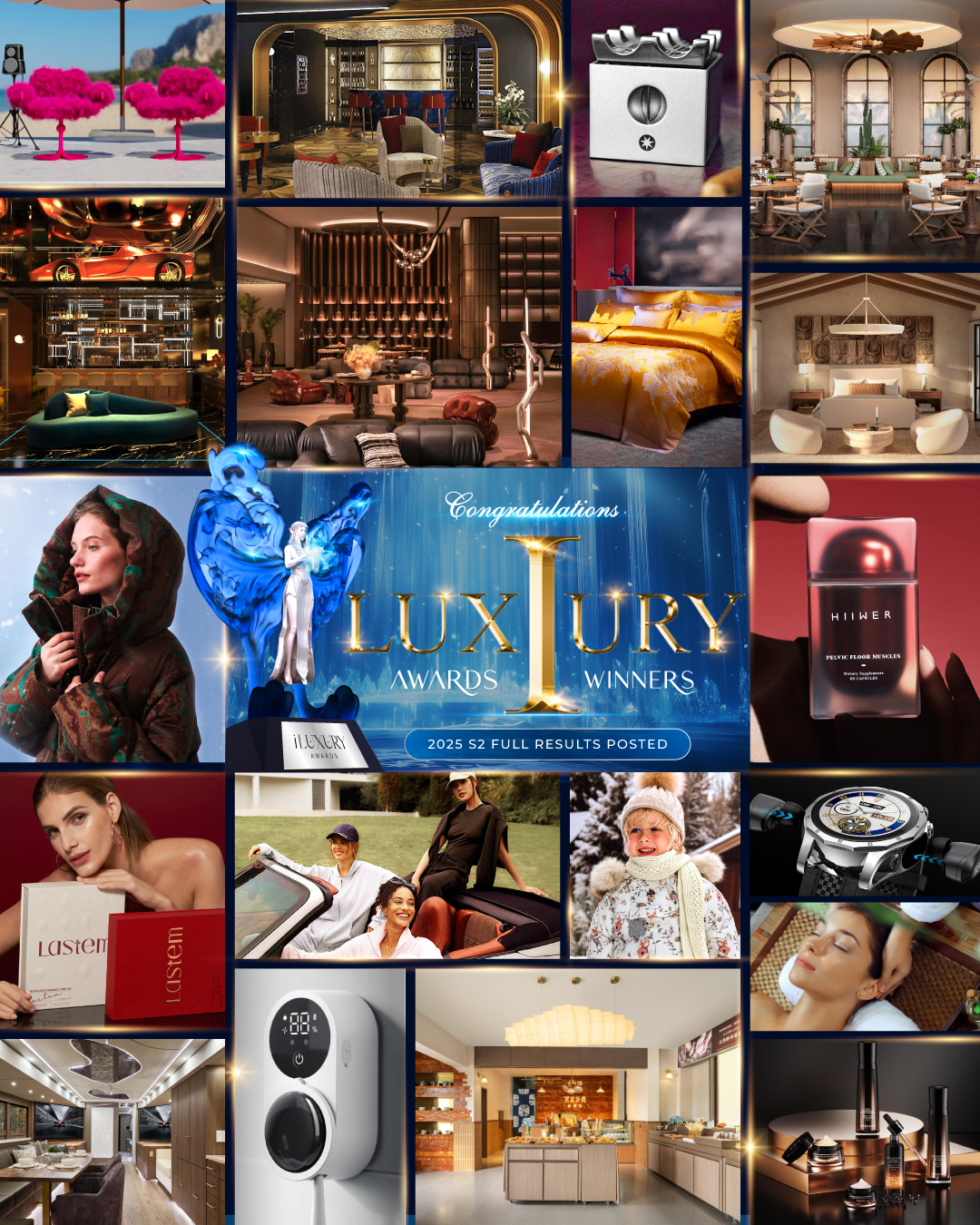

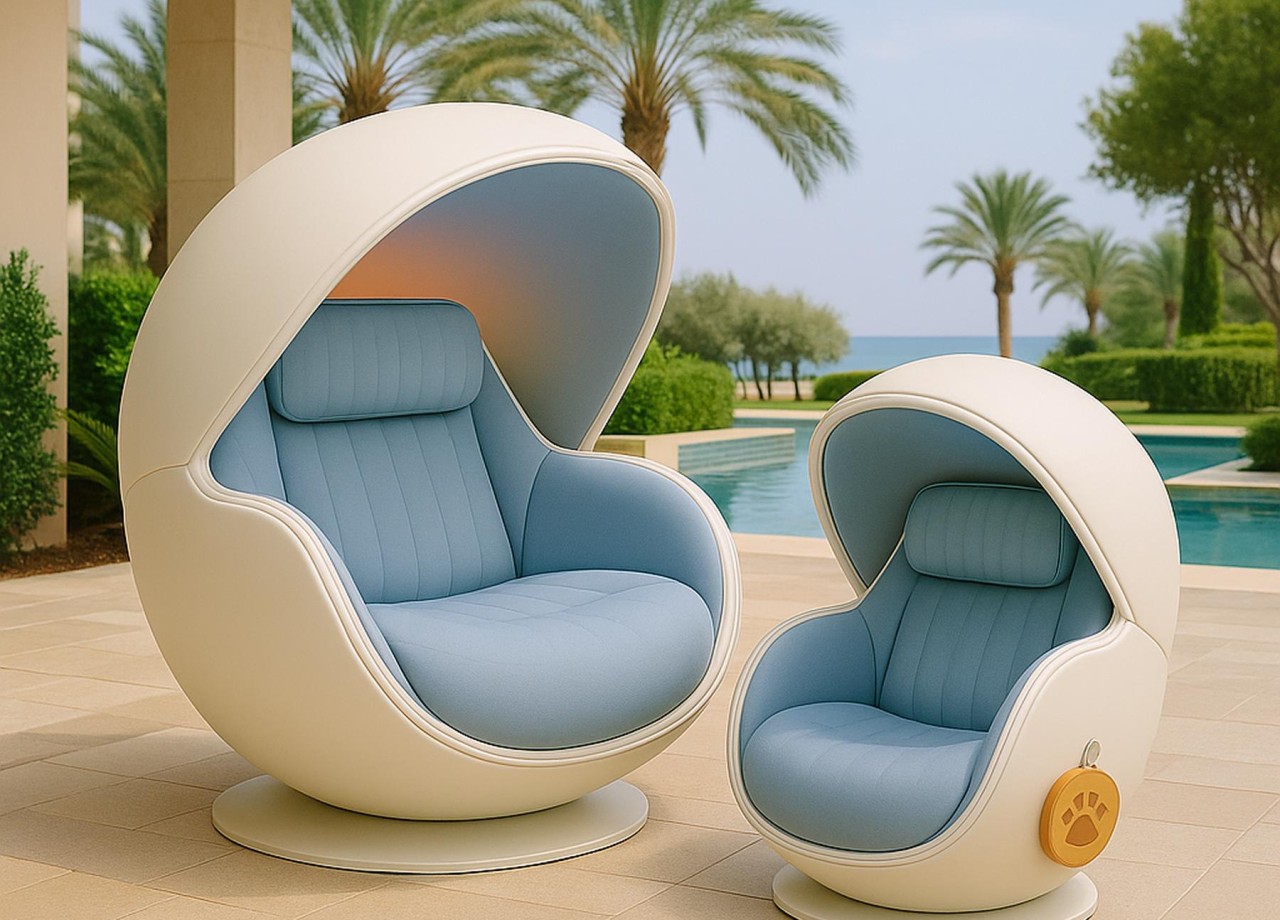




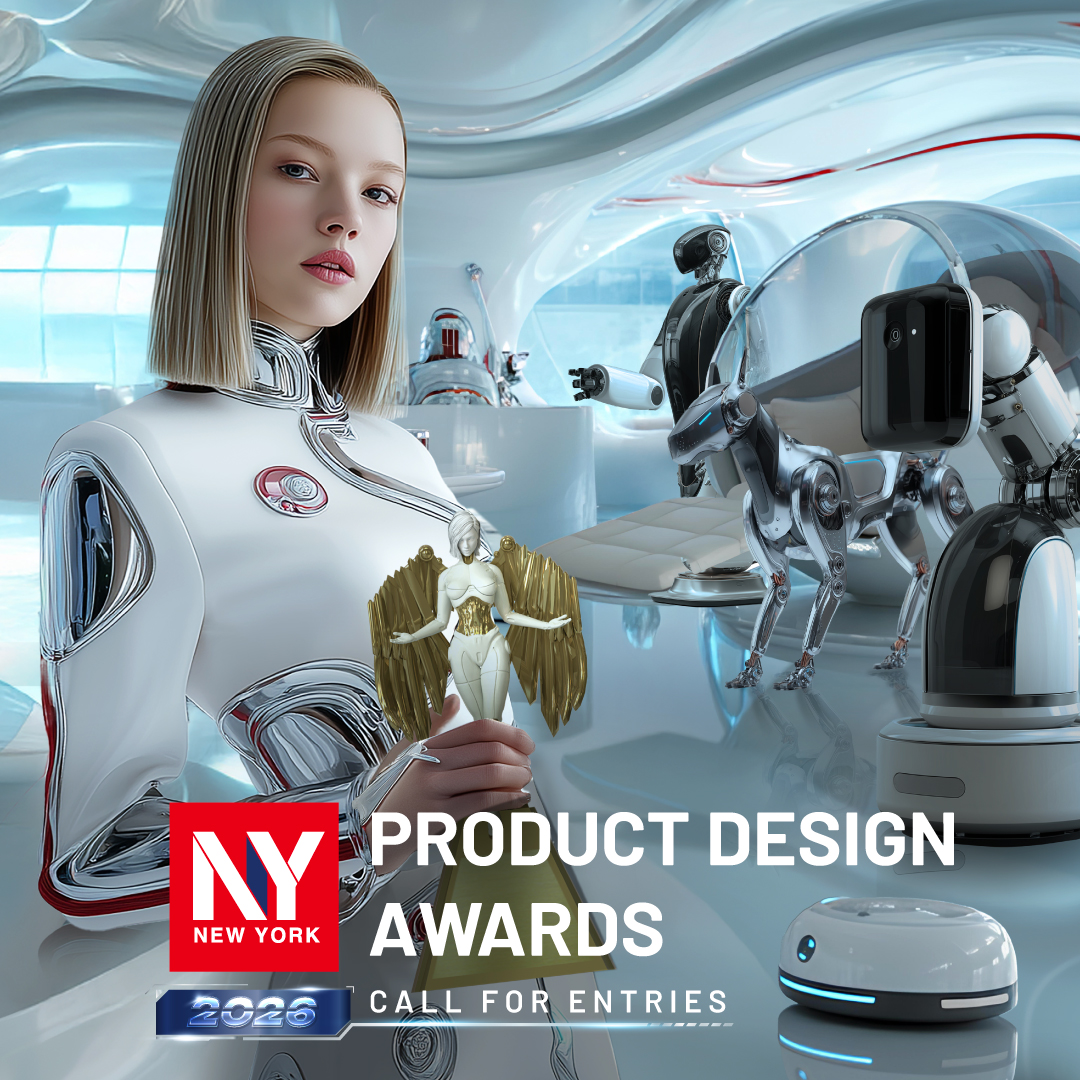
IAA GLOBAL AWARDS
MUSE Awards
Vega Awards
NYX Awards
TITAN Awards
- TITAN Business Awards
- TITAN American Business Awards
- TITAN Property Awards
- TITAN Women In Business Awards
- TITAN Health Awards
- TITAN Innovation Awards
- TITAN Brand Awards

